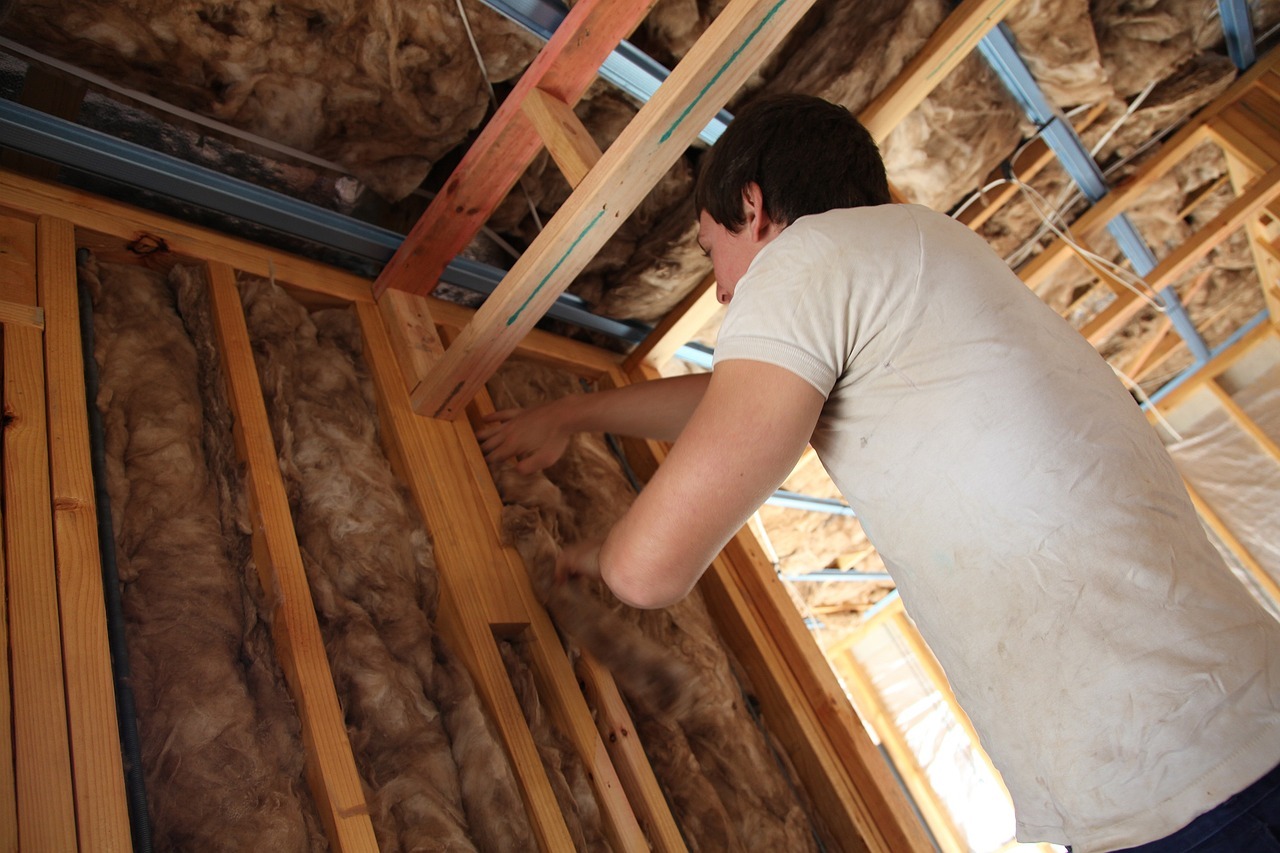Choosing the right type of insulation for your Texas home is important, as it will help keep you comfortable all year round and save you money on energy bills. However, with Texas’s unique climate and weather conditions, it’s essential to choose the suitable types of insulation that can withstand heat, humidity, and occasional extreme temperatures. In this blog post, we will explore the best types of insulation for Texas homes.
By understanding the specific needs of your region, you can make informed decisions about insulation materials that provide optimal thermal performance and energy savings. Discover the top choices for insulating your Texas home and creating a comfortable living environment year-round.
Spray Foam Insulation: Ideal for Texas Climate
Because of its remarkable heat resistance and air-sealing qualities, spray foam insulation is highly recommended. It forms an airtight barrier that helps keep conditioned air inside and prevents hot, humid air from infiltrating your home. Spray foam insulation expands to fill gaps and crevices, providing superior coverage and sealing capabilities. This type of insulation is particularly effective in hot climates, as it helps reduce the strain on HVAC systems and improves overall energy efficiency.
Fiberglass Insulation: Versatile and Cost-Effective
Another common option is fiberglass insulation, which offers versatility and affordability. It is made of minuscule glass fibers that trap air bubbles and offer exceptional thermal resistance. Fiberglass insulation is excellent for a variety of parts of the house, including walls, attics, and crawl spaces. It can be used as batts or blown in. With proper installation, fiberglass insulation effectively slows down heat transfer, helping to maintain a comfortable indoor temperature while reducing energy consumption.
Radiant Barrier Insulation: Combatting the Texas Heat
A reflective material called a radiant barrier acts as insulation to reflect radiant heat away from your home and keep it from penetrating through the roof. Radiant barriers are typically installed in attics, reflecting the sun’s heat and reducing the workload on your air conditioning system. By installing radiant barrier insulation, you can significantly improve energy efficiency and keep your home cooler during scorching summers.
Cellulose Insulation: Environmentally Friendly Option
For homeowners seeking an environmentally friendly insulation option, cellulose insulation is an excellent choice. It is made from recycled paper and treated to be fire-resistant, providing both thermal insulation and soundproofing benefits. Cellulose insulation effectively reduces heat transfer and can be blown into wall cavities, attics, and other hard-to-reach areas. Its eco-friendly nature and ability to reduce energy consumption make cellulose insulation a popular option for eco-conscious homeowners in Texas.
Factors to Consider When Choosing Types of Insulation for Texas Homes
Budget
Ensure you consider your budget, as insulation prices can vary depending on the type and quality. Consider how much you will spend upfront and factor in long-term energy savings.
Climate
Texas weather presents unique challenges, so choosing insulation designed for hot climates is essential. Depending on your needs, you may also need to factor in moisture protection or additional soundproofing properties.
Location
The type of insulation you choose can also depend on the area of your home that needs to be insulated. Attics, walls, basements, and crawl spaces each require different types of insulation for optimal performance.
Installation
For best results, hire a professional insulation contractor like iFOAM in Hill Country to properly install the product of your choice. With professional installation, you can ensure the insulation is installed correctly and will provide the desired benefits.
Energy efficiency ratings
When considering insulation types, check the product’s energy efficiency ratings. This will help you choose an insulation material that effectively reduces heat transfer and helps you save on energy bills in the long run.
Conclusion
To ensure optimal comfort and energy efficiency in your home, choosing the right types of insulation is crucial. Spray foam insulation provides superior thermal resistance and air-sealing capabilities, making it ideal for the Texas climate. Fiberglass insulation offers versatility and cost-effectiveness, effectively reducing heat transfer. Radiant barrier insulation is designed to combat the intense Texas heat by reflecting radiant heat away from your home. For environmentally conscious homeowners, cellulose insulation made from recycled materials is a great option.
The best types of insulation for Texas homes can create a more comfortable living space while reducing energy consumption and maximizing cost savings. Remember to consider your budget, climate conditions, and installation requirements when selecting the proper insulation for your home. With the knowledge and preparation, you can confidently choose the best types of insulation for your home.


